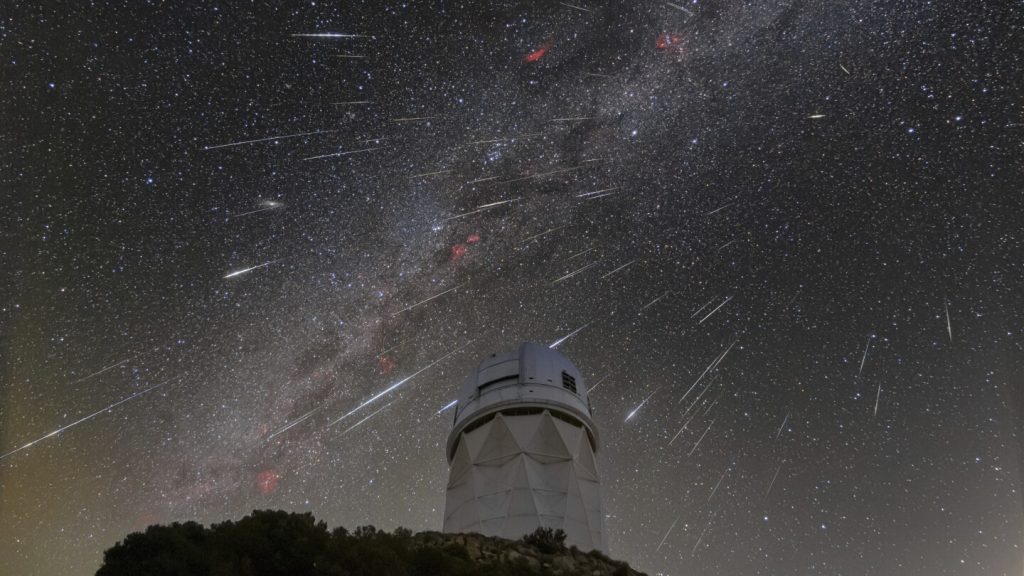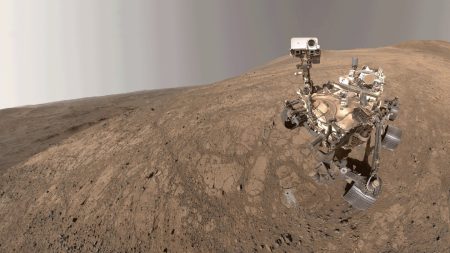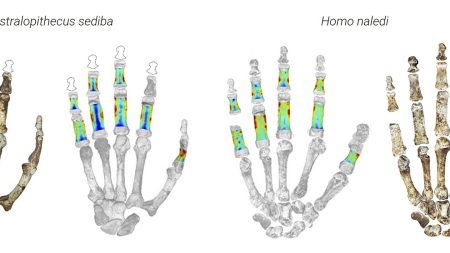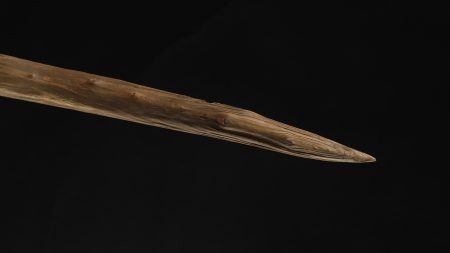The Geminid meteor shower, a celestial spectacle renowned for its vibrant display, graces the night sky annually in December. Unlike most meteor showers originating from cometary debris, the Geminids are unique, born from the remnants of an asteroid named 3200 Phaethon. This asteroid, orbiting the sun, leaves a trail of rocky debris in its wake, and when Earth intersects this path, the fragments collide with our atmosphere, creating a mesmerizing show of shooting stars.
The Geminids are distinguished by their often yellowish hue, a characteristic attributed to the composition of the asteroid debris. Under ideal viewing conditions, far from city lights and under a dark, moonless sky, the Geminids can produce a breathtaking spectacle, with dozens of meteors streaking across the sky every hour. The shower’s peak activity typically occurs around mid-December, offering skywatchers a chance to witness nature’s fireworks. The inherent robustness of the asteroid fragments contributes to the Geminids’ propensity for producing fireballs, exceptionally bright meteors that illuminate the night with their intense glow. These fireballs are a result of larger pieces of asteroid debris penetrating deeper into the Earth’s atmosphere.
This year, however, the almost full moon presents a challenge for optimal viewing. The bright moonlight washes out the fainter meteors, reducing the number visible per hour. Despite this lunar interference, the Geminids remain a worthwhile celestial event, offering a chance to witness the fiery remnants of an asteroid interacting with our planet. The shower remains active for several days around its peak, providing multiple opportunities for observation. While the moon’s presence diminishes the shower’s brilliance, patient observers can still catch glimpses of the brighter meteors blazing across the night canvas.
Witnessing a meteor shower, especially one as vibrant as the Geminids, is a relatively simple endeavor, requiring no specialized equipment. The key to maximizing the viewing experience lies in choosing the right location and time. Dark skies, far removed from the light pollution of urban areas, are essential. The hours between midnight and dawn are generally the most favorable for meteor observation, as this is when the Earth is moving directly into the path of the meteoroid stream. Allowing your eyes to adjust to the darkness is crucial, so avoid looking at bright screens like phones or tablets. Finding a comfortable spot to lie down or recline can enhance the viewing experience, allowing for a wider view of the sky.
While the Geminids are a highlight of the December sky, they are not the only meteor shower to grace the late-year celestial calendar. Following closely on the heels of the Geminids, the Ursids meteor shower peaks around December 22nd. Though less prolific than the Geminids, the Ursids offer another opportunity to connect with the cosmos and witness the ephemeral beauty of meteors. While fainter and less frequent, the Ursids can still produce surprising bursts of activity, adding an element of anticipation to the viewing experience.
Meteor showers, like the Geminids and Ursids, are reminders of the dynamic nature of our solar system. They offer a glimpse into the constant interplay of celestial bodies, where remnants of comets and asteroids interact with Earth’s atmosphere, producing fleeting moments of celestial brilliance. These events provide accessible opportunities for anyone to engage with the wonders of the universe, fostering a sense of awe and wonder at the vastness of space. Observing a meteor shower can be a deeply enriching experience, connecting us to the dynamic processes that shape our solar system and reminding us of our place within the vast cosmic tapestry. So, find a dark spot, allow your eyes to adapt, and prepare to be amazed by the celestial fireworks display.










